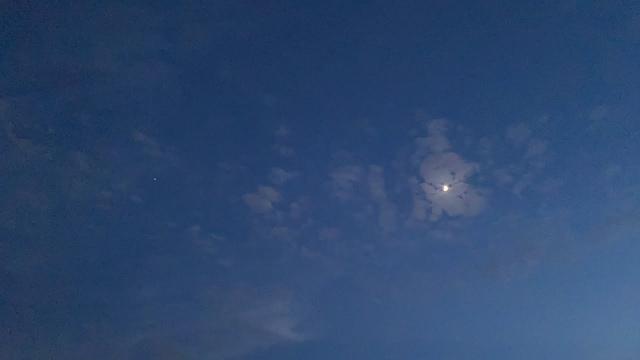Outer Space & Universe
Outer Space & Universe
Space, also known as outer space, is the near-vacuum between celestial bodies. It is where everything (all of the planets, stars, galaxies and other objects) is found.
On Earth, space begins at the Kármán line (100 km above sea level). This is where Earth's atmosphere is said to stop and outer space begins. This is not a firm boundary but is a convention used by scientists and diplomats.
Items in space are free to move back and forth; up and down; and left and right. These three dimensions are what make 3D space. Items also move forward through time, which is sometimes called the fourth dimension.
The majority of space contains very little matter and so most of it is a vacuum. Scientists do not know how big space is but we do know that space is extremely big, and is always expanding.
According to the big bang theory, all matter and energy in the Universe was compressed into a very small space. Then it exploded and started expanding. Space is still growing in size today; this means the distance from one galaxy to distant galaxies is getting longer.
Gravity is the force that keeps the Moon in orbit around the Earth and the planets in orbit around the Sun. Gravity can stretch and bend space similar to how a heavy ball placed on a stretched sheet of rubber will cause the rubber to stretch. The scientist who discovered that space can bend is named Albert Einstein. How gravity bends space is part of his theory of general relativity.
Astronauts, Cosmonauts, Taikonauts and Spationauts
An astronaut is any person who is trained by NASA to travel and perform tasks in space. Although the space traveler may not necessarily be a United States citizen, each astronaut does go through a rigorous training regiment by the National Aeronautics and Space Administration. Other space travelers go by other names then astronaut depending on their country of origin.
In the United States, astronaut is derived from the Greek words ástron (star) and nautis (sailor). While, in Russia, a space traveler goes by the name космонавт (English: cosmonaut), which is derived from the Greek words kosmos (universe) and nautis (sailor). Westerners call a space traveler from China a taikonaut, based on the 1998 writings of Chiew Lee Yik and Chen Lan where the term tàikōng (great emptiness), Chinese for “space”. In China, the term yuháng yuán (universe navigator) is used for space traveler.
Only the United States of America (United States), Russia (earlier, the Union of Soviet Socialist Republics), and the People’s Republic of China (China) have sent manned spacecraft into space. Other countries have assisted these countries by sending their own space travelers on space missions. For instance, a French space traveler is called a spationaut (from the French word spationaute), which is derived from the Latin spatium (space) and Greek nautis (sailor). (plural in Greek nautes = sailors)
-
01:10
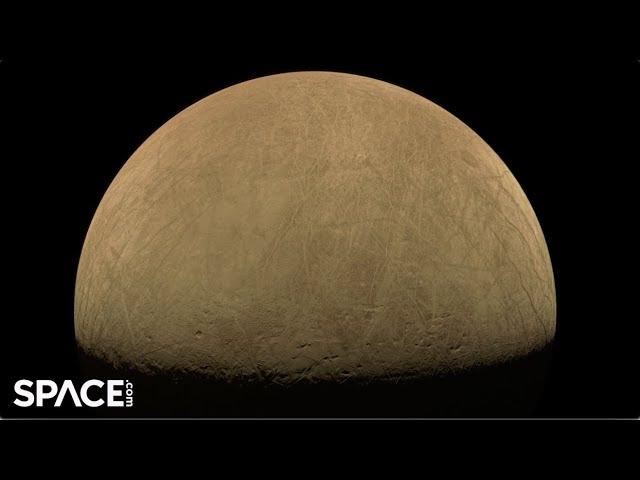
Jupiter's moon Europa captured by Juno spacecraft in close flyby
Added 124 Views / 0 LikesNASA Juno mission captured amazing new imagery of Jupiter's moon Europa on Sept. 29, 2022. The spacecraft flew about 219 miles (352 kilometers) over the surface of the moon. Full Story: https://www.space.com/juno-close-flyby-jupiter-moon-europa-photoCredi
-
00:43
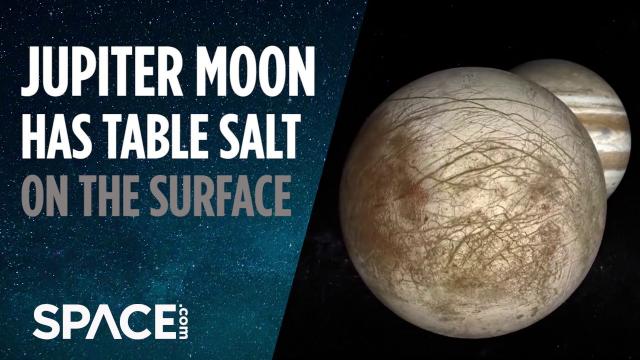
Jupiter's Moon Europa Has Table Salt on Surface
Added 373 Views / 0 LikesPlain white table salt (sodium chloride) turned yellow when simulated Europa conditions at NASA's Jet Propulsion Laboratory. "Scientist can now deduce that the yellow color previously observed on portions of the surface of Europa is actually sodium chlori
-
00:43
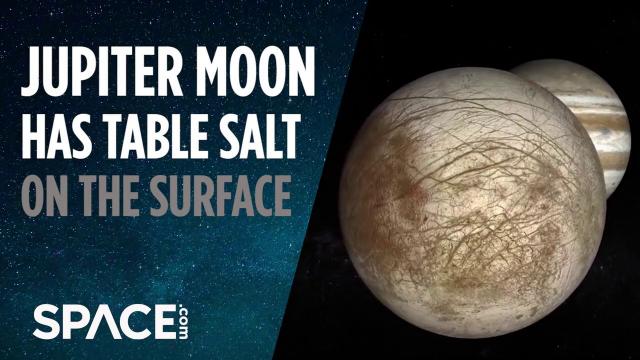
Jupiter's Moon Europa Has Table Salt on Surface
Added 378 Views / 0 LikesPlain white table salt (sodium chloride) turned yellow when simulated Europa conditions at NASA's Jet Propulsion Laboratory. "Scientist can now deduce that the yellow color previously observed on portions of the surface of Europa is actually sodium chlori
-
01:03
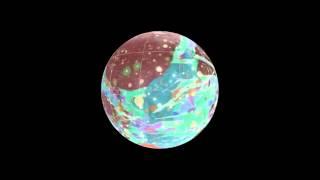
Jupiter's Moon Ganymede - First Global Geologic Map Revealed | Video
Added 714 Views / 0 LikesSurface features, such as furrows, grooves and impact craters are illustrated on this 360 degree view of the moon. The best imagery from NASA's Voyager 1 and 2 and Galileo spacecrafts were used to create it. Galileo Galilei discovered it in 1610.
-
00:56
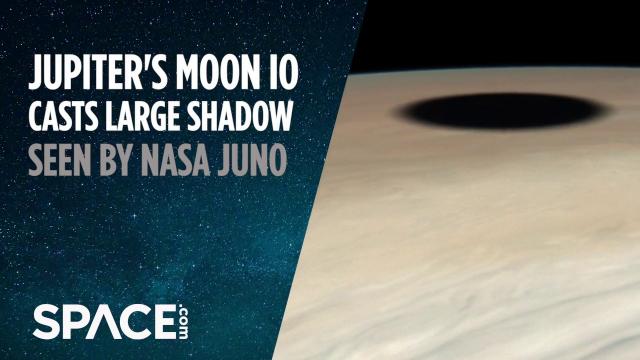
Jupiter's Moon Io Casts Large Shadow on Gas Giant Planet
Added 343 Views / 0 LikesNASA's Juno mission captured imagery of the shadow of Jupiter's moon Io being cast onto the gas giant planet's clouds. Story: NASA's Juno Mission Checks Out Eclipse on Jupiter: https://www.space.com/juno-sees-io-moon-shadow-on-jupiter.htmlJuno: Taking a L
-
01:26
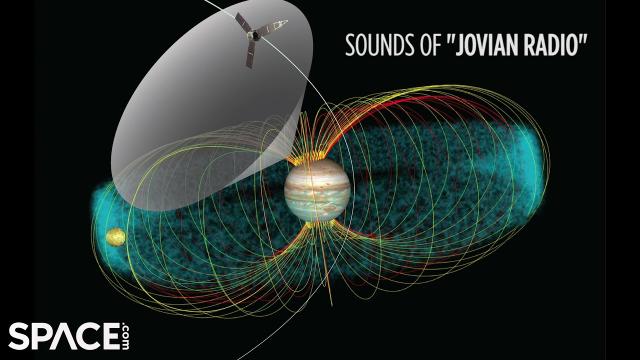
Jupiter's volcanic moon Io triggers radio emissions - Listen to NASA's recording
Added 228 Views / 0 LikesJupiter moon Io's volcanic eruptions helps spur the acceleration of electrons "along the magnetic field toward Jupiter’s poles." These electrons generate radio waves that have been sonified using NASA's Juno mission data.Credit: Space.com | audio courtesy
-
03:18
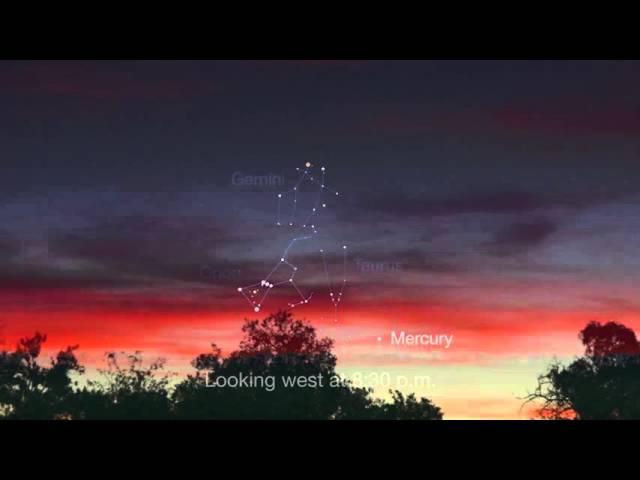
Jupiter, Mars and Mercury -- April 2016 Is Great Month To Skywatch | Video
Added 633 Views / 0 LikesJupiter, Mars and Mercury -- April 2016 Is Great Month To Skywatch | Video
-
03:26
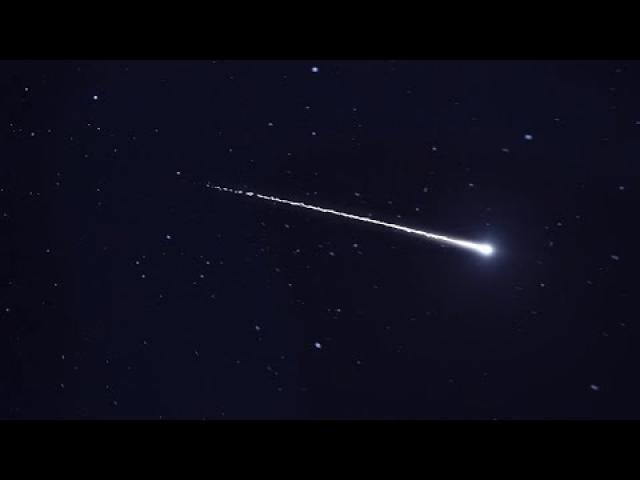
Jupiter, Saturn, Mars and Orionid meteors in Oct. 2022 skywatching
Added 113 Views / 0 LikesFind out when and where to spot Jupiter, Saturn and Mars in October 2022. The Orionid meteor shower peaks on Oct. 20 and learn when the full moon will occur. Night sky: What you can see this month: https://www.space.com/16149-night-sky.htmlBest night sky
-
03:33
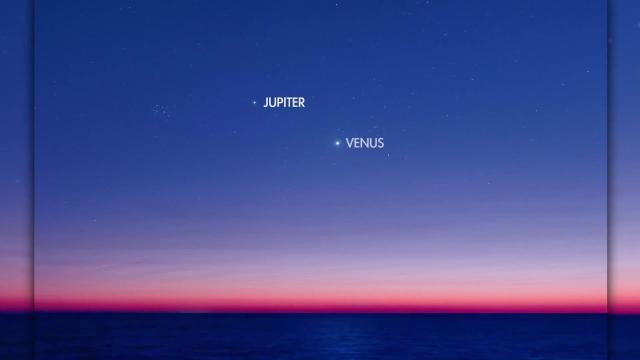
Jupiter, Venus, 'easy-to-find' star clusters & more in February 2023 skywatching
Added 79 Views / 0 LikesSpot Jupiter, Venus, the constellation Auriga and more in the night sky in February. You can also find some star clusters. Night sky: What you can see this month](https://www.space.com/16149-night-sky.html[Best night sky events this month - stargazing map
-
01:47
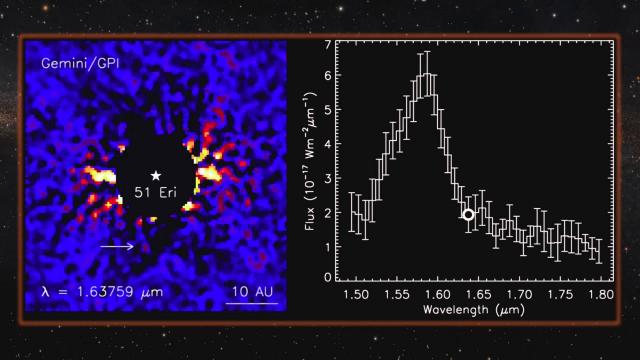
Jupiter-Like Exoplanet With Methane Atmosphere Found | Video
Added 697 Views / 0 LikesJupiter-Like Exoplanet With Methane Atmosphere Found | Video
-
01:14
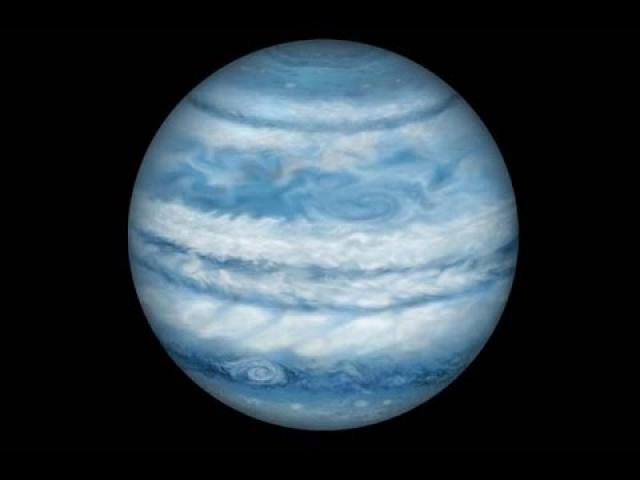
Jupiter-Sized Planet Orbiting Two Star System Is Largest Found Yet | Video
Added 763 Views / 0 LikesJupiter-Sized Planet Orbiting Two Star System Is Largest Found Yet | Video
-
08:22
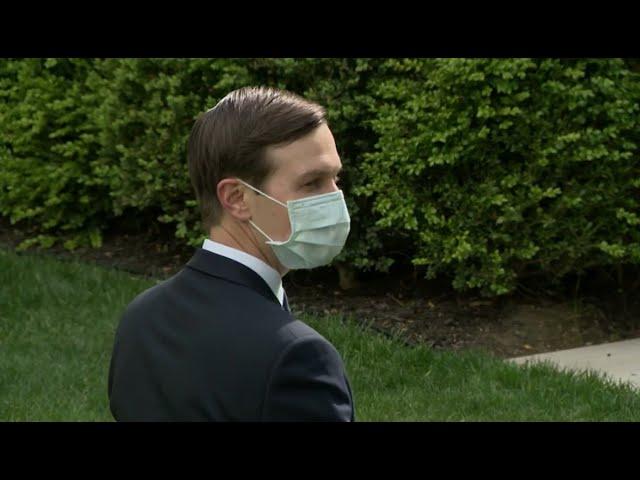
JUST IN: White House officials are being asked to wear masks in West Wing!
Added 256 Views / 0 Likesyay. MORE DEFENSE.God bless everyone,T LEWISON5430 BIRDWOOD RD. #416HOUSTON TEXAS 77096https://www.paypal.me/THORnewshttps://venmo.com/TEric-Lewison$THORnews on CashApphttps://www.patreon.com/thornews
-
04:00
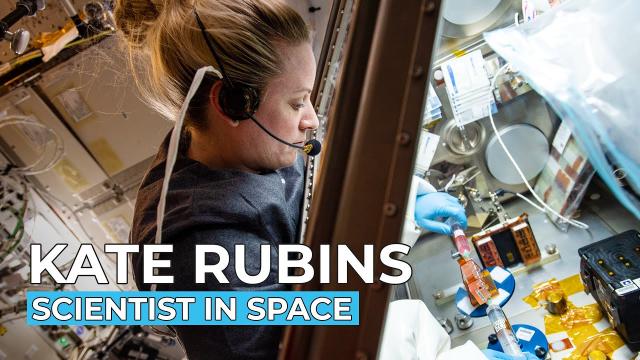
Kate Rubins - Scientist in Space
Added 182 Views / 0 LikesDuring the past six months, NASA astronaut Kate Rubins has embodied what it means to be an International Space Station scientist. She spent hundreds of hours working on space station experiments, talking with the researchers behind the studies, and servin
-
04:00
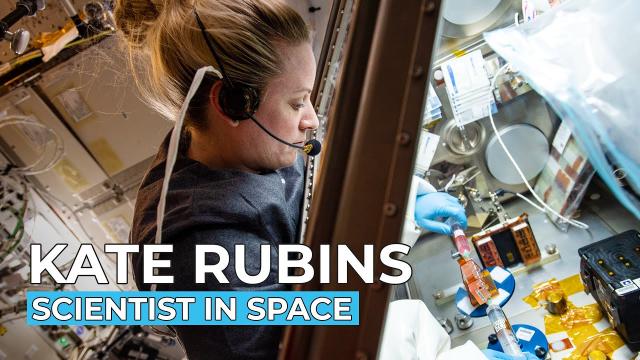
Kate Rubins Scientist in Space
Added 196 Views / 0 LikesDuring the past six months, NASA astronaut Kate Rubins has embodied what it means to be an International Space Station scientist. She spent hundreds of hours working on space station experiments, talking with the researchers behind the studies, and servin
-
02:40
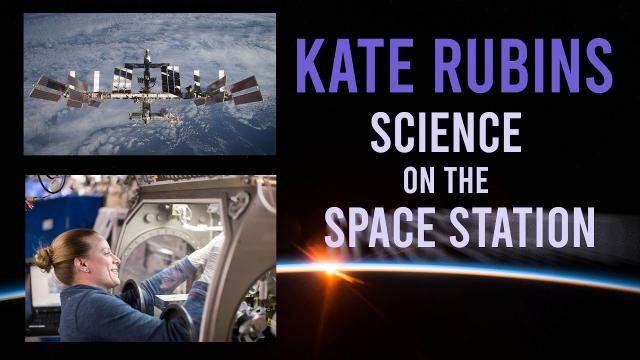
Kate Rubins: Science on the Space Station
Added 302 Views / 0 LikesKate Rubins is both a scientist and a NASA astronaut. There is no better place to be than the International Space Station for someone with those two occupations. In this video, Kate explains how the space station is the perfect place to conduct research.
-
02:46
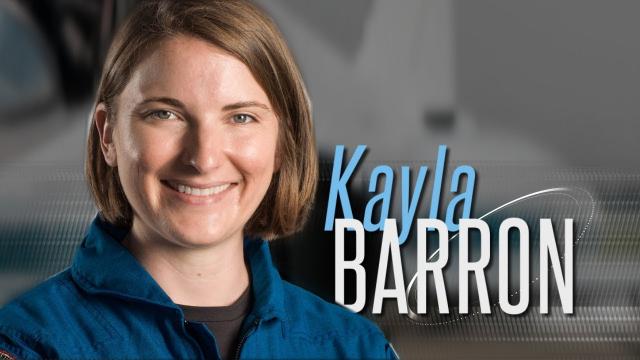
Kayla Barron/NASA 2017 Astronaut Candidate
Added 635 Views / 0 LikesKayla Barron/NASA 2017 Astronaut Candidate
-
11:02
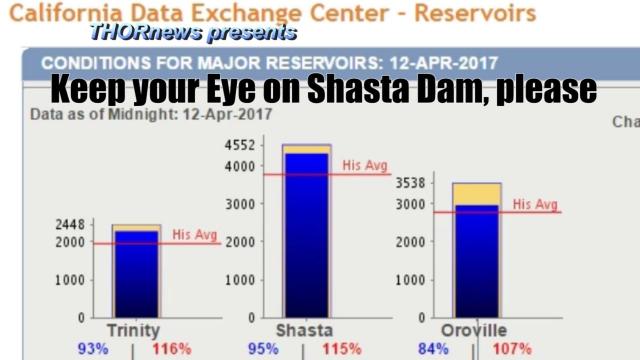
Keep your eye on the Shasta Dam - to California & Youtube
Added 515 Views / 0 LikesKeep your eye on the Shasta Dam - to California & Youtube
-
10:20
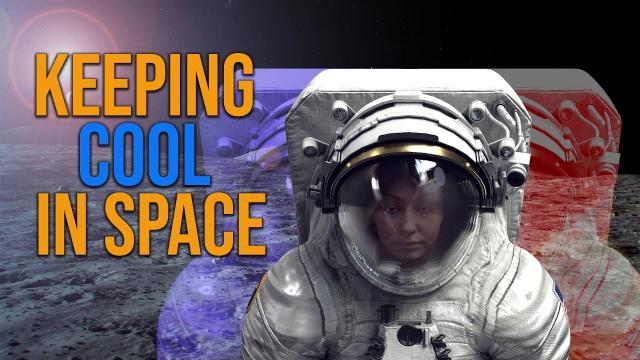
Keeping Cool in Space
Added 114 Views / 0 LikesImagine you are an Astronaut on the Moon. Your job for the next eight hours will be exploring, collecting science samples, traversing up and down lunar hills, sampling rocks, and setting up equipment as part of the Artemis program. Temperatures on the lun
-
03:26
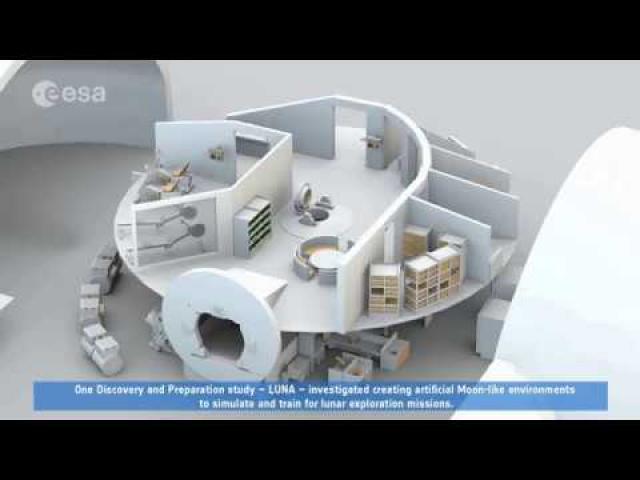
Keeping Future Space Explorers Safe - How ESA is Preparing
Added 330 Views / 0 LikesFor humans to successfully exist long-term on destinations like the Moon or Mars, the harsh elements must be mitigated. New technology development, training and more are underway at the European Space Agency to tackle the issue.Credit: ESA

